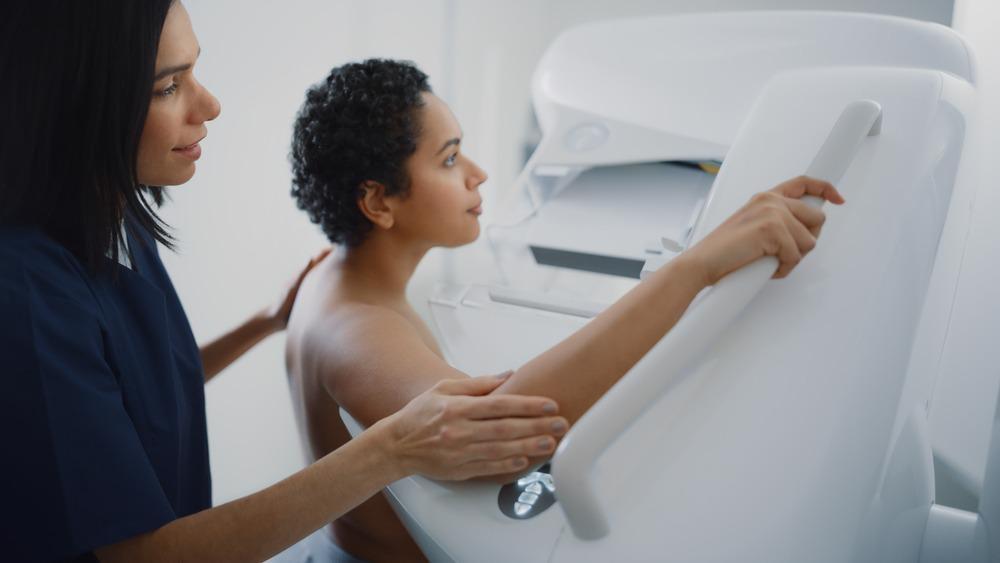Artificial intelligence-assisted analysis of breast cancer tumors has the potential to increase healthcare efficiency and results. However, clinicians should proceed with caution, as earlier technological advances have resulted in increased rates of false-positive examinations and overtreatment.

Image Credit: Gorodenkoff/Shutterstock.com
Joann G. Elmore, MD, MPH, a researcher at the UCLA Jonsson Comprehensive Cancer Center, the Rosalinde and Arthur Gilbert Foundation Endowed Chair in Health Care Delivery, and professor of medicine at UCLA’s David Geffen School of Medicine, co-wrote a new editorial in JAMA Health Forum.
Without a more robust approach to the evaluation and implementation of AI, given the unabated adoption of emergent technology in clinical practice, we are failing to learn from our past mistakes in mammography.
JAMA Health Forum Editorial
The article was co-written by Christoph I. Lee, MD, MS, MBA, a professor of radiology at the University Of Washington School Of Medicine, and published online on Friday.
According to the authors, auxiliary computer-aided detection (CAD) technologies, which became popular in the field of breast cancer screening more than two decades ago, were one of those “past mistakes in mammography.”
The FDA authorized CAD in 1998, and by 2016, over 92% of the US imaging institutions were utilizing it to analyze mammograms and search for malignancies. However, the results demonstrated that CAD had no effect on mammography performance.
“CAD tools are associated with increased false positive rates, leading to overdiagnosis of ductal carcinoma in situ and unnecessary diagnostic testing,” the authors highlighted. In 2018, Medicare stopped paying for CAD, but by that time, the instruments had racked up over $400 million in unwarranted health costs each year.
Elmore and Lee further stated, “The premature adoption of CAD is a premonitory symptom of the wholehearted embrace of emergent technologies prior to fully understanding their impact on patient outcomes.”
The experts recommend putting in place numerous protections to avoid “repeating past failures,” such as tying Medicare reimbursement to “better patient outcomes, not just improved technical performance in artificial settings.”
Journal Reference:
Elmore, J. G., et al. (2022) Artificial Intelligence in Medical Imaging—Learning From Past Mistakes in Mammography. JAMA Health Forum. doi.org/10.1001/jamahealthforum.2021.5207.